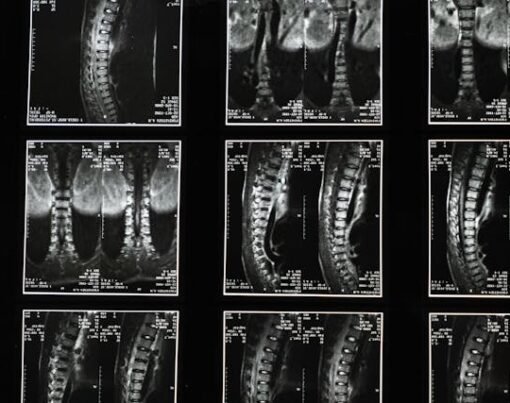The knee joint can undergo degenerative changes resulting from injury, age, or underlying medical conditions like bone-on-bone. If this occurs, your knee surgeon may recommend treatments like medications or knee replacement surgery, depending on your condition’s severity. Here’s an in-depth look at the bone-on-bone condition and its treatments:
Table of Contents
Understanding Bone-on-Bone
Bone-on-bone is a condition that occurs when the knee cartilage deteriorates. The knee cartilage allows surfaces in the knee joint to slide over each other with minimal friction. Without it, the bones in the knee come into direct contact, causing pain even when doing simple tasks like walking.
Over time, osteophytes can form in the affected knee. Osteophytes are bone growths that occur in the joints. They can cause inflammation, stiffness, and reduced mobility.
Bone-on-Bone Treatments
You may need to combine multiple treatments to alleviate bone-on-bone symptoms. Here are some common remedies:
Weight Loss
Extra weight can put too much pressure on the knees, causing excessive pain. Weight loss can reduce the load on your knees. You can reduce weight by avoiding unhealthy snacks, reducing your food portions, increasing your fruit and vegetable intake, and decreasing your fat and carbs intake. If you’re overweight or obese, seek the help of a nutritionist or bariatric specialist. The former can create a diet plan based on your weight and goals, and the latter can help you determine whether weight loss surgery is a suitable alternative for your condition.
Exercise
Incorporating gentle exercises into your routine can help you lose weight. It can also help you strengthen the knee and boost mobility. Walking, yoga, and water aerobics are excellent options as they’re gentle on the joints. Be careful not to over-exert your knees when exercising. Limit your exercises to a few minutes at a time. Avoid walking on inclines and squatting, as this can aggravate your knee pain.
Medications
Over-the-counter pain relievers can provide temporary pain relief. Your specialist may recommend nonsteroidal anti-inflammatory drugs (NSAIDs) in small doses to manage your pain. Since medications are a short-term solution, consider long-term treatments like knee replacement over time.
Knee Replacement Surgery
This is the most effective treatment for bone-on-bone. Knee replacement surgery, or knee arthroplasty, replaces damaged or worn-out knee joints with artificial joints. It’s an effective solution for the following reasons:
- Pain relief: Replacing the worn-out joint surface with artificial components eliminates frequent bone contact, alleviating pain significantly.
- Improved knee function: The prosthetic components used in knee replacement are designed to mimic the natural movement of the knee joint. This allows patients to perform daily activities as they would with a healthy knee.
- Long-term solution: The prosthetic components used in the surgery are designed to last for many years. This means you don’t have to worry about recurring knee pain and stiffness in the long run. Your knee surgeon can help estimate your components’ lifespan based on your activity level.
Preparing for Knee Replacement Surgery
Preparing appropriately for knee replacement can improve its chances of success and facilitate quick recovery. Here are some preparation tips:
- Quit smoking: This can improve your body’s ability to fight infections and allow your bones and tissues to heal quickly.
- Avoid alcohol: This can lower your chances of dehydration and excessive bleeding.
- Avoid blood thinners: This can lower your risk of complications. Only take medications recommended by your knee surgeon before your procedure.
- Prepare your home: Prepare for recovery by installing safety bars in your shower, moving everything to one floor of your home to avoid climbing stairs, and removing tripping hazards like loose rugs from your space. Also, get someone to help you navigate your home for a few days after your procedure.
What To Do After Surgery
What you do after your surgery determines how fast you’ll recover and return to your active lifestyle. Here are some aftercare tips:
- Take your medications: Your surgeon may recommend blood thinners to reduce your risk of blood clots. Take the medication for as long as prescribed for fast recovery.
- Move around: Walking improves circulation, minimizing the risk of swelling.
- Do physical and occupational therapy exercises: Ask your surgeon for the green light beforehand. Physical therapy exercises can improve your mobility and strengthen your knee. Occupational therapy can help you learn how to use the new knee.
See a Knee Surgeon for Knee Pain Solutions
There are temporary and long-term solutions for bone-on-bone knee issues. Temporary solutions like medications alleviate symptoms, whereas long-term solutions like knee replacement treat the root cause of the symptoms. Consult a knee surgeon to determine whether you can benefit from conservative treatments or if knee replacement is your only solution.










